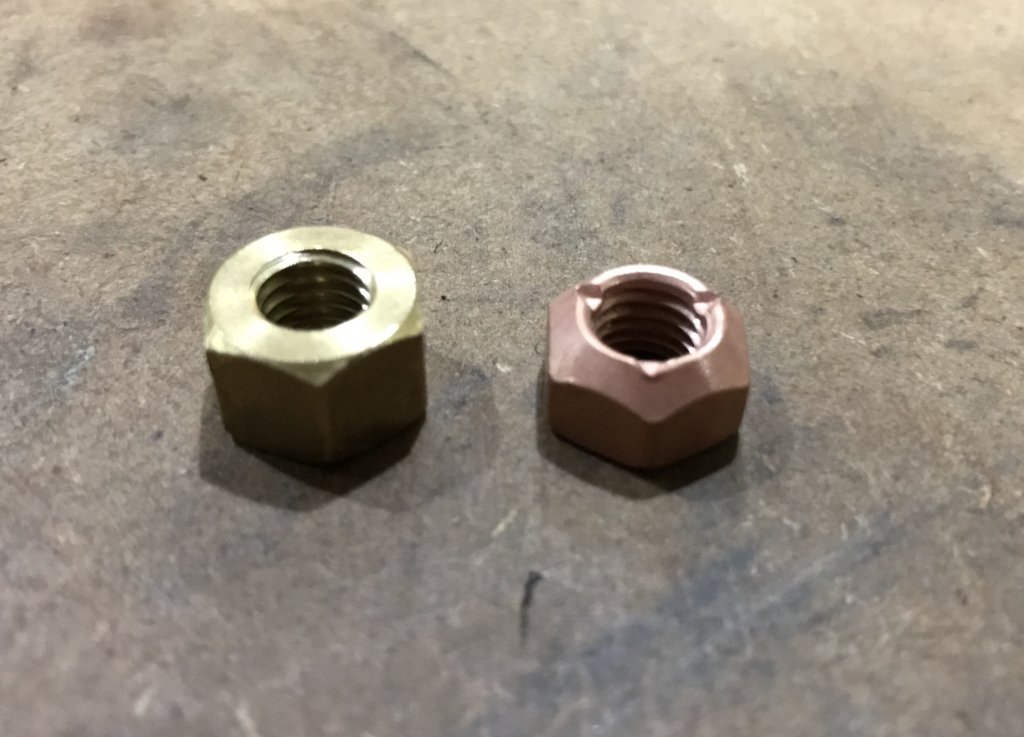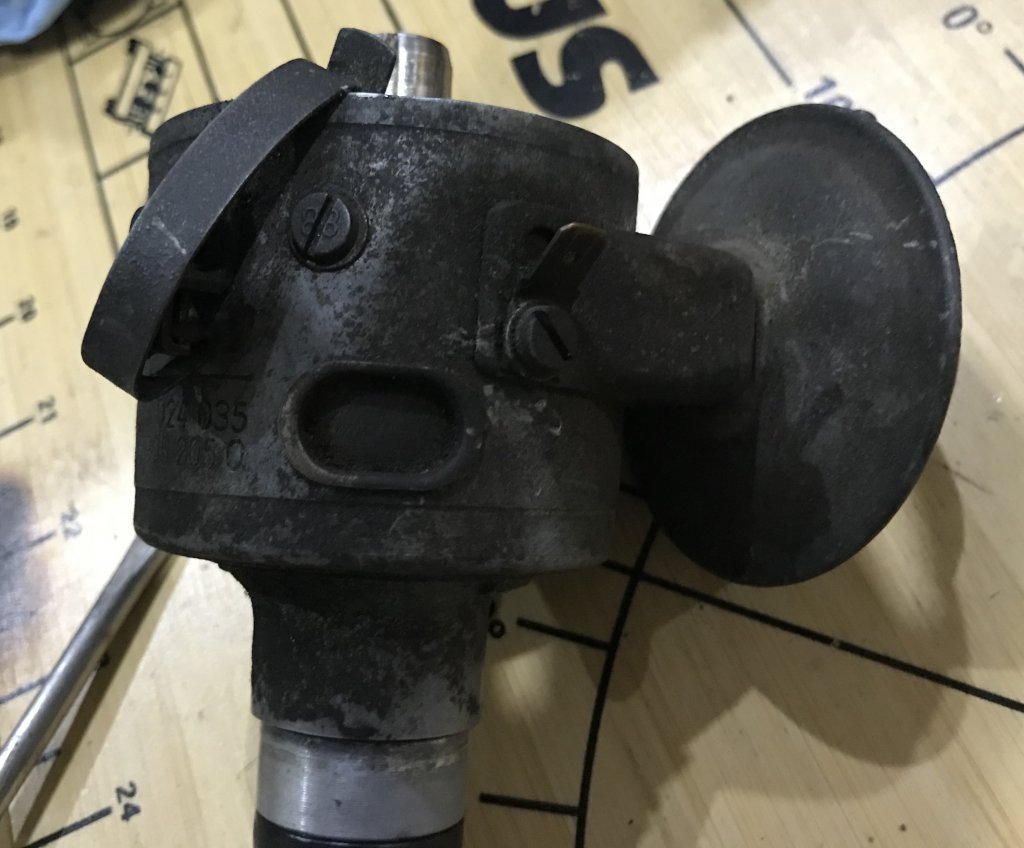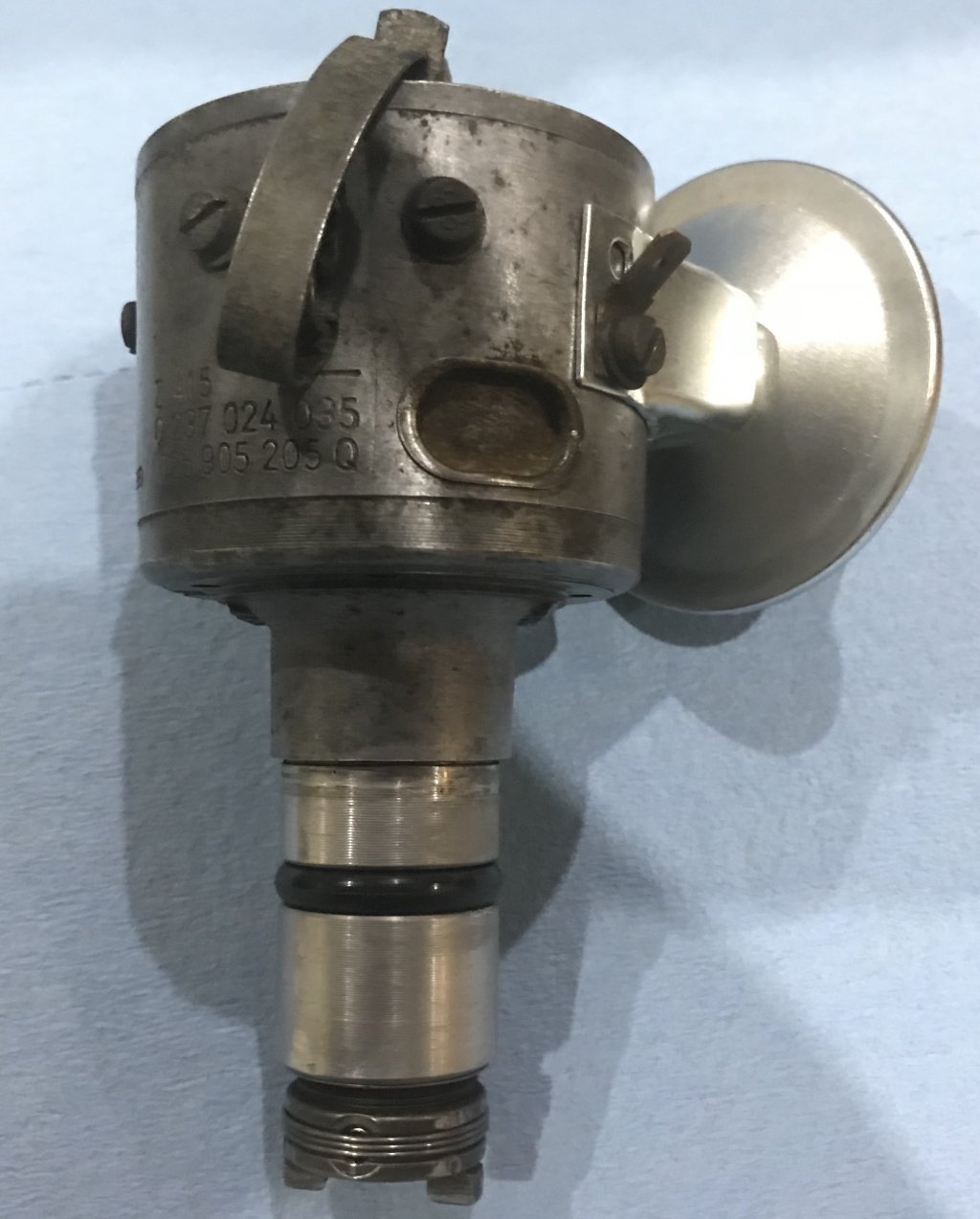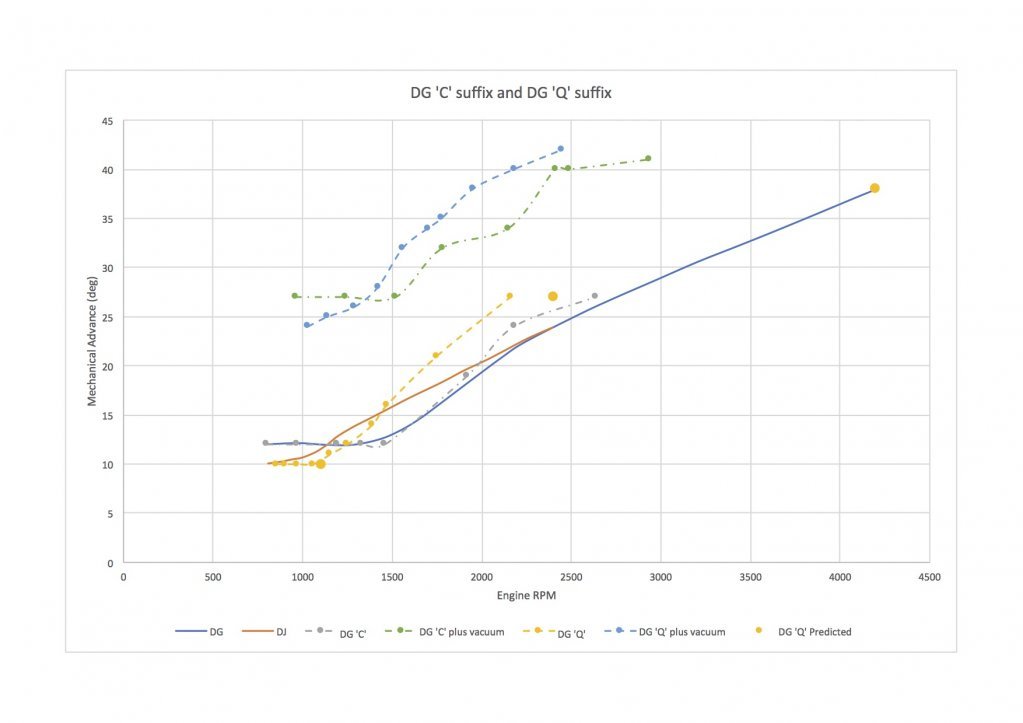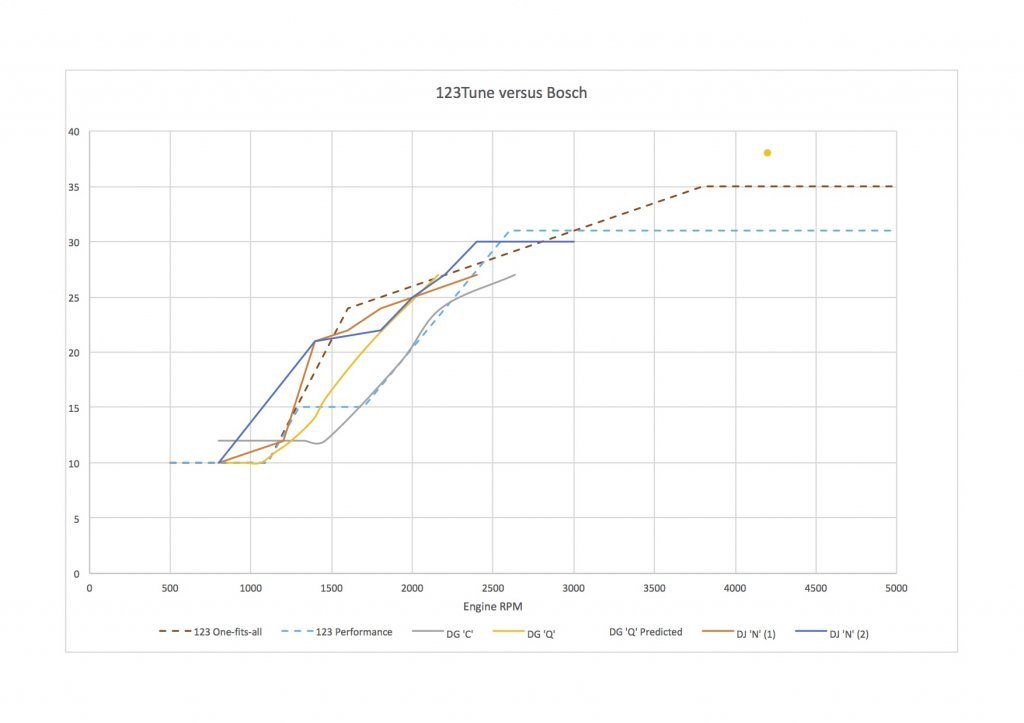Long post alert!
Well I had a very enjoyable and instructive morning on the rolling road this morning. Got through quite a few setups, and was beginning to struggle to keep everything in my head towards the end. The main thing for me was that it was full of surprises! Quite a few things came out contrary to what I was expecting.
I've spent some time digitising the printouts that I was given after the session, so that I can plot different combinations to try and draw some comparisons. By adding in the plots from the previous session when I had the DG in the van, I've now got three 'variables': Engine (DG or DJ), carb (DG or LT) and distributor (suffix 'C' and 'Q' are DG versions, suffix 'N' is Itchyfeet's DJ version, 123 is Ajsimmo's 123tune unit).
So to try and make sense of the plots I've labeled each curve according to
engine/carb/distributor, so DG/LT/'C' means engine=DG, carb=LT, distributor='C' suffix.
A few caveats about the plots - the dyno computer plots 'smoothed' curves, and odd things happen to the smoothing algorithm when there's an abrupt change, such as if the rev limiter cuts in, or if the driver tries to stop the test before it cuts in but is a bit hasty or a bit late pressing the button. So this means that the curves at the very top end should be taken with a pinch of salt. And the other thing is that no two runs are ever the same - so small differences between plots are within the noise of the technique.
So to start with, I've got the plots from the earlier session with the DG, that showed there was no point in fitting the LT carb to the 1.9.

Next up is the comparison of the 'standard' DG versus a representative curve from the DJ. The DJ setup was the one that I arrived in this morning: LT carb and Itchyfeet's 'N' spec distributor. Wow, what a difference. Max power up from 76.7HP to 102.7HP (34% up) and max torque up from 106.4lb-ft to 147.6lb-ft (39% up). I was delighted with the 102.7HP, bearing in mind the injected models are rated at 112HP. But then came
surprise number 1: he told me that he'd measured the drive train losses (during the slow down phase of the test) to be 18.3HP, so my power at the flywheel is actually 121HP. I was skeptical so I asked him how it could be possible for a carbed engine to make more power than the injected version, given all the previous discussion about the relative size of the throttle body versus the venturis. He said it's not uncommon, and is apparently due to the better atomisation of the fuel through the carb versus a spray mist from the injectors (there's more evidence that the bigger throttle body may not be important in one of the later comparisons). We also discussed my non-standard Speedshop exhaust, and my non-standard (Silverbullet) camshaft, both of which could help boost the performance compared to the standard injected DJ.
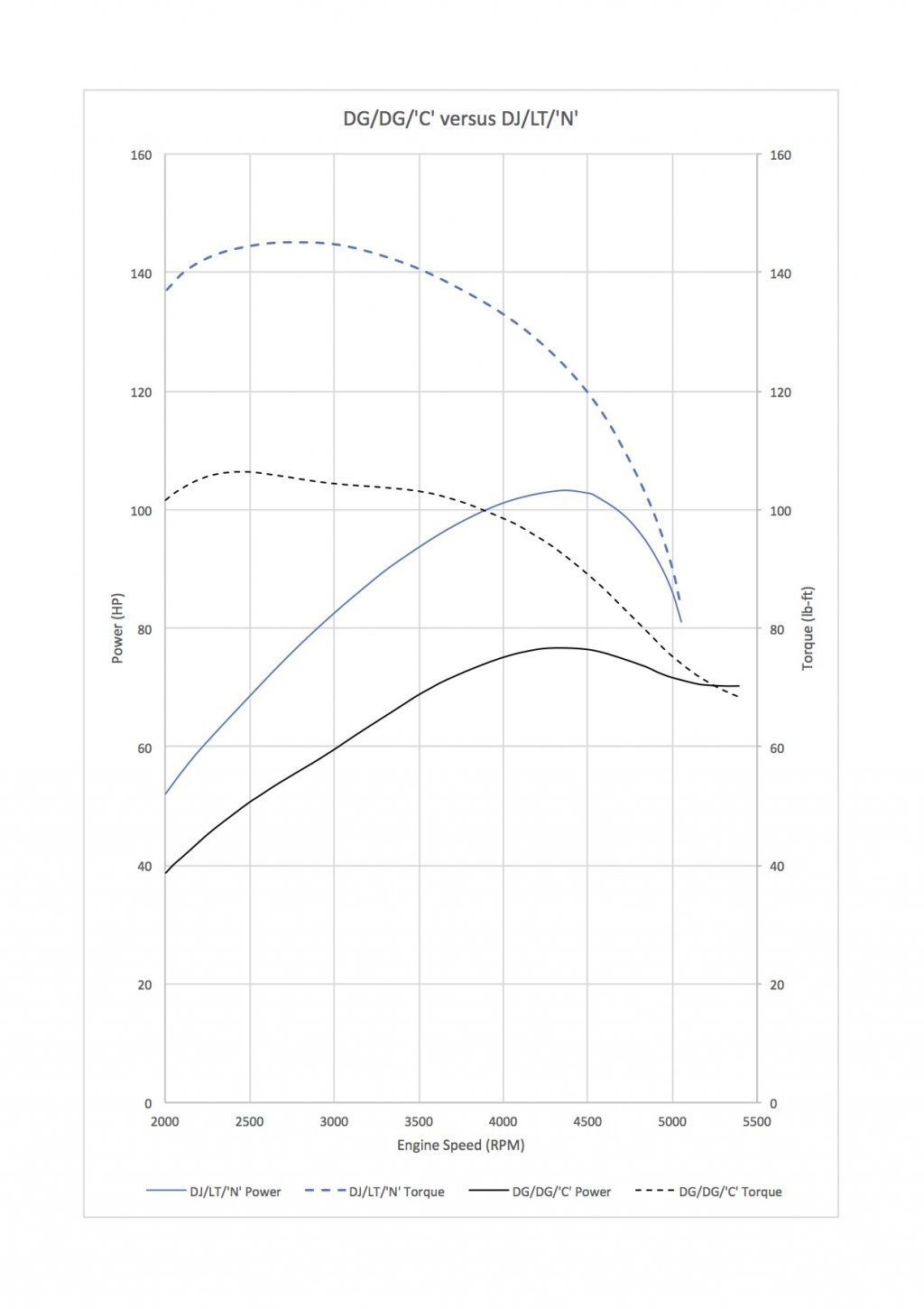
With this DJ/LT/'N' setup we did some small tests with different timing, and saw very tiny differences at both ends of the rev range, from which he concluded that the timing curve was already spot on - normally changing the base timing will pivot the power curve around the mid point, since it will improve one end at the expense of the other. That didn't happen with the 'N' suffix distributor, meaning the curve is good everywhere already - no real surprise there, since it's the distributor that VW specified for this engine. But
surprise number 2 was that the LT carb was just about right everywhere too. On the DG it was far too rich, and given that the LT is a 2.4 litre engine I expected that it would still be too rich on the DJ. In fact, the main reason I went today was to get it re-jetted. In fact it was only ever-so-slightly rich across the board, but apparently not enough to warrant reducing the jet sizes.
So next we tried the DG carb, to prove what a clever boy I'd been in fitting the bigger LT carb, and also to see what could be achieved by re-jetting the DG carb for the DJ.
Surprise number 3: there isn't a huge difference between the two carbs. Power is lower than with the LT carb from about 3500rpm, and reaches a maximum of only about 10HP off at around 4000-4500rpm. Torque is maybe 10lb-ft lower across the board. I was expecting the bigger carb to have a bigger effect than that, based on venturi areas. The mixture was a touch lean across the board though. So he opened up the stage 2 main jet. On the DG it's a 110 (1.1mm), and on the LT it's a 135 (1.35mm). He opened the 110 up to 120 (1.2mm). That improved the mixture everywhere (keep in mind that these tests are done in 4th gear with the throttle wide open from start to finish, so the secondary throttle is probably open most of the time). But
surprise number 4: the power and torque curves are now at least as good as those from the LT carb - the torque is perhaps even better below about 4000rpm. How can the smaller carb better the larger carb? Who knows - faster airflow leading to better atomisation maybe? Anyway, that's the carb I've kept on - it's my 'test' carb with my 3D printed spare parts so I'm quite pleased that it still has a life to live on my DJ. And the fact that the increased venturi size in the LT carb doesn't help compared with a re-jetted DG carb could, I think, show that the airflow is already sufficient, so might this be the reason that the much bigger throttle body in the injection setup doesn't leave the carbed version behind?

Finally we did some tests with different distributors (actually, it wasn't finally - we did this earlier, but it's more logical to explain in this order. So these tests were done with the LT carb fitted).
We put the DG's 'Q' spec distributor on. The general consensus was that the engine sounded less smooth. The suggestion was that this may in fact be pinking. He said pinking would not be audible at higher revs, but the slightly rough edge could well be the result of pinking/knocking. I didn't get a printout of the curves, but they were noticeably down - maybe not quite as much as the difference between the stock LT and DG carbs, but not far off. From the discussion I think this was due to the ever increasing centrifugal advance that the 'Q' suffix distributor gives - he said it was better to have a lower maximum advance if possible, but I didn't get why. I think my options are to tinker with my 'Q' suffix version to limit the maximum advance, to look for one of the 'rare' 'N' suffix versions, or just keep Itchyfeet's

Or to get a 123Tune distributor.
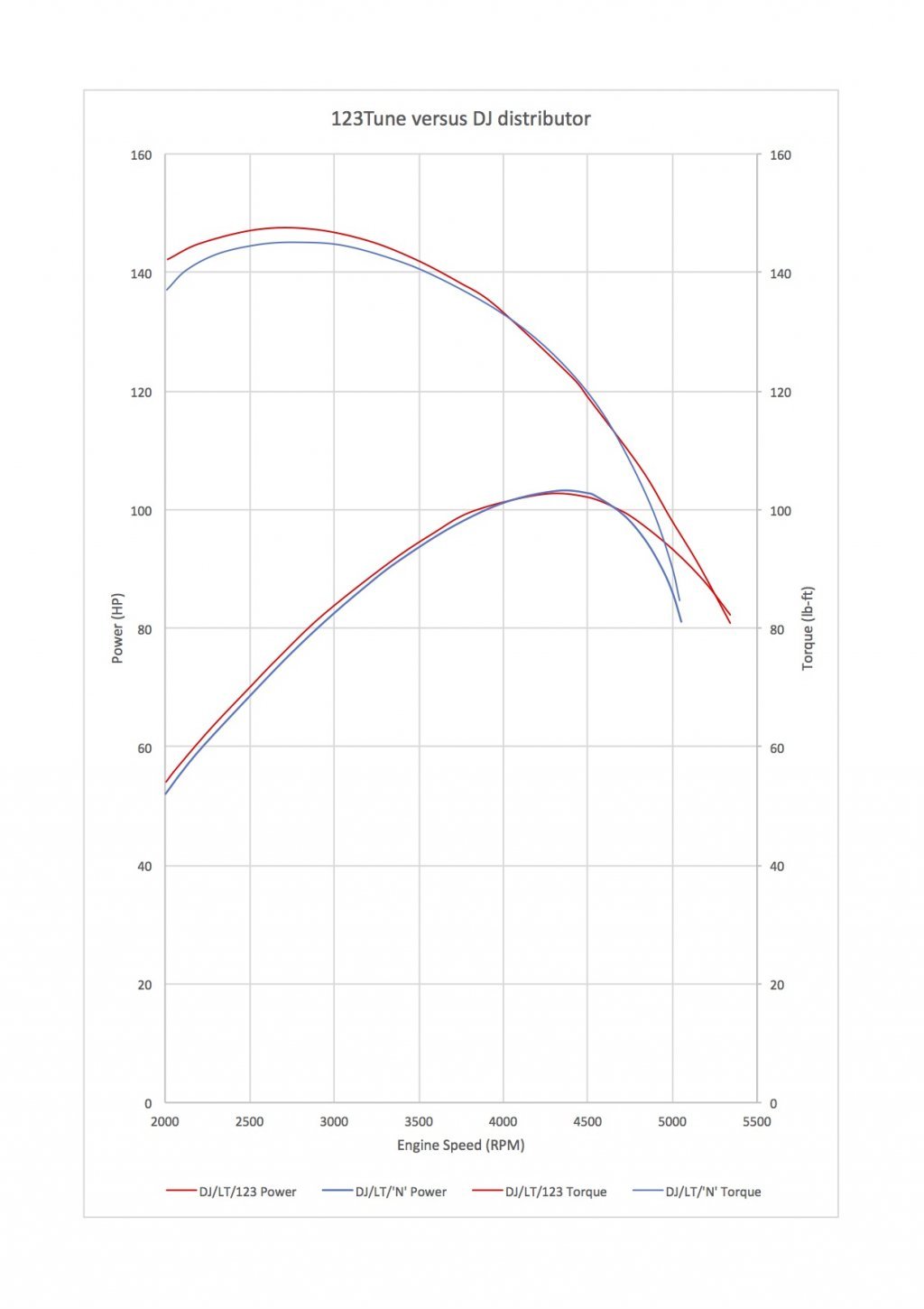
If it wasn't for the cost I'd be tempted. We replicated the published curve of the 'N' suffix version in the software of the 123Tune unit, and it turned out to be even better than the genuine 'N' suffix unit. Not much, but a bit. No idea why - maybe the initial advance wasn't quite the same, meaning the maximum advance was different. Or maybe the vacuum advance on the 'N' suffix unit had a small residual effect - the throttle was wide open as mentioned, but the rolling road only provides a light load, so maybe the vacuum advance wasn't completely gone. In the 123Tune unit the vacuum advance was set to zero across the board.
So all in all a very enjoyable morning. I'm pleased that my engine doesn't give anything away to an injected version after all. And I'm pleased that my 'test' carb lives on, and that the change to a 1.2mm stage 2 main jet has made it so good - I suspect others with carbed DJs could get a 120 main jet from a carb spares place rather than messing abut with a 1.2mm drill. But I'm disappointed that my DG distributors aren't the best for the engine, as it means I'll need to hunt around for one of the rare 'N' spec versions.
